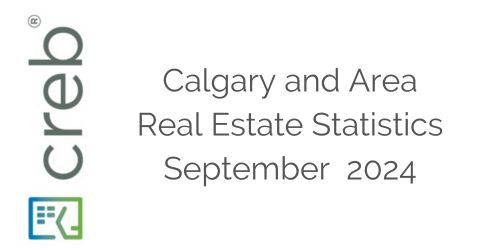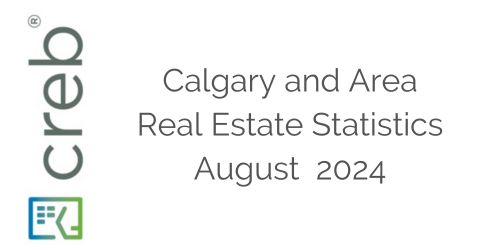Buying a home can be a complex financial journey. If you plan to get a mortgage, you’ll hear about the need for a down payment, but your REALTOR® will also mention a deposit.
Are these two terms the same? Let’s clarify the difference between a deposit and a down payment and their impact on your path to homeownership. Whether you’re a first-time buyer or looking to refine your strategy, grasping these concepts will help you make informed decisions and succeed in the housing market. Let’s dive in!
What is a down payment?
A down payment is the amount of money a buyer must provide independently of the mortgage loan. Sources for a down payment can include:
Savings
Investments
Gifts from family*
Borrowed funds**
Note: If using gifted funds, the lender requires a gift letter. The funds should first be deposited into the buyer's account before being used as a deposit or down payment. Inheritance funds come with different requirements that depend on the lender.
*Note: In some cases, lenders may allow borrowing against personal lines of credit or other properties.
How much should I save for a down payment?
In Canada, most lenders require a down payment of 20 per cent of the purchase price. However, insured mortgages allow for down payments as low as 5 per cent. While the minimum down payment is 5 per cent, lenders typically expect an additional 1.5 per cent saved to cover legal fees and other associated costs, including:
Appraisal fees
Home inspection fees
Title insurance
Why do I need to give a deposit when making an offer?
A deposit is not the same as a down payment and usually doesn’t constitute the entire down payment amount. It serves as a security measure for the seller, ensuring that if the buyer does not complete the purchase, the seller is compensated for their potential loss. In short, your deposit signals to the seller that your offer is serious.
Does my deposit count toward my down payment?
Yes, it does. However, the lender will need to track a 90-day history of where the deposit originated in addition to the down payment. For instance, the lender will request 90-day bank statements from the account where the deposit is held. They will need to see a record of the deposit leaving your account (as part of the down payment) and a record of the selling brokerage receiving the deposit.
How does my deposit contribute to my down payment?
When your file is conveyed at the law office, the lawyer will request the deposit from the seller’s brokerage. This deposit will then be included in the total purchase funds.
Now that we've clarified the differences between down payments and deposits let’s explore some scenarios, starting with Ideal Camille.
Scenario 1: Ideal Camille
Imagine Ideal Camille, who, with the assistance of her REALTOR®, finds a home listed at $400,000. For a 20 per cent down payment, Camille has saved $80,000 for which she can provide her lender with a 90-day transaction history. She is pre-approved for a mortgage to finance the remainder of the purchase.
To strengthen her offer, Camille and her REALTOR® include a $20,000 deposit. Once the seller accepts the offer, Camille delivers the deposit to the seller’s brokerage and receives a Receipt of Funds, she then provides her lender with confirmation that the deposit has been received by the listing brokerage. This ensures the lender recognizes that $20,000 will be applied to her $80,000 down payment.
Scenario 2: Gift Cliff
Not every transaction is as straightforward as Ideal Camille’s. Take Gift Cliff, who is eager to purchase a $300,000 home. He receives a $15,000 down payment gift from his father, which is only 5 per cent of the purchase price, necessitating an insured mortgage. Excited about the home, Cliff instructs his REALTOR® to include the entire $15,000 as a deposit in his offer.
Once his offer is accepted, the $15,000 deposit is sent to the selling brokerage. Cliff must inform his lender that his down payment will come from this deposit and advise that the deposit was received by the listing brokerage. He also communicates to his lender that the deposit was a gift from his father, prompting the lender to request a gift letter and outline the necessary details for the letter.
Down payment and deposit pro-tips:
If any portion of your deposit or down payment is a gift or borrowed, consult your mortgage broker regarding the lender's policies on these funds. Some lenders accept gifted funds from anyone, while most require them to be from a direct family member.
Lenders are becoming stricter about tracking the source of funds for down payments. Be prepared to provide at least 90 days of financial history for all funds used for your deposit and down payment.
Avoid transferring large sums in and out of the account, instead holding your down payment during the purchasing process. Any large transfers must have complete records detailing where the money came from, where it’s going, and why. Due to Canada’s strict anti-money laundering policies, it's essential to maintain clear documentation of transactions. The best practice is to keep your down payment in a separate account designated solely for your home purchase.














